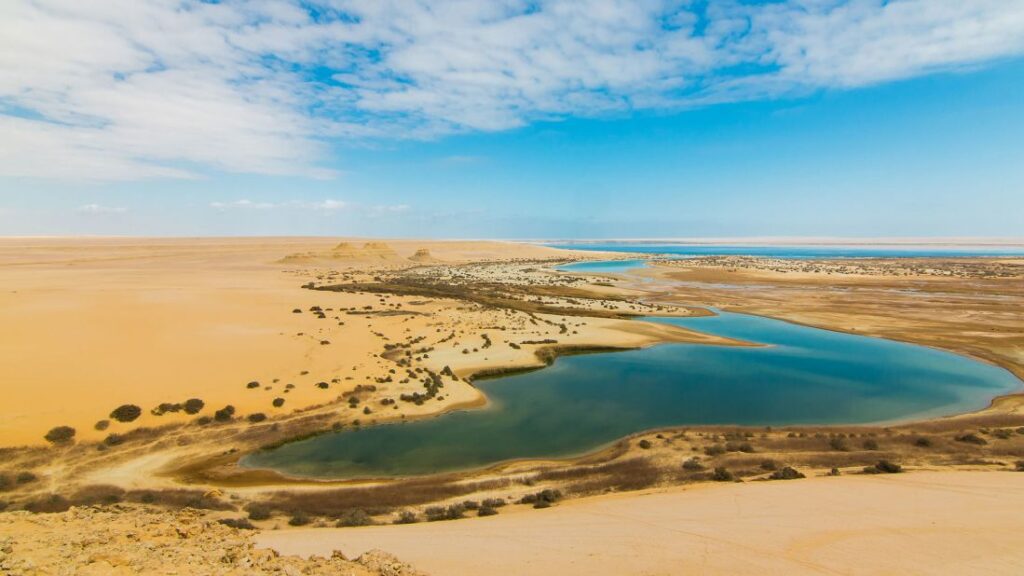Rich Past
Al Fayoum's Rich Past: An Excursion Through History
Nestled in the heart of Egypt, Al-Fayoum’s history is as rich and diverse as the Nile itself. Archaeological excavations have revealed that Al-Fayoum’s roots stretch back to prehistoric times, including the Paleolithic era, with significant findings from the Holocene and Neolithic periods. The concerted efforts of archaeologists like Gertrude Thompson, Elinor Wight Gardner, and teams from international collaborations have unearthed relics that speak volumes of its ancient past.
In antiquity, Al-Fayoum was known as Shedet to the Egyptians. It’s speculated to have biblical significance too, with the 10th-century scholar Saadia Gaon suggesting that Al-Fayoum might be the biblical city of Pithom, one of Pharaoh’s treasure cities mentioned in Exodus. The city was a fervent center for the worship of the crocodile god, Sobek (Latin: Suchus, from the Koine Greek Σοῦχος, Soûkhos). This devotion led to its Latin name, Crocodilopolis, derived from the Greek reference to it as the ‘Crocodile City.’
The reverence for Sobek was epitomized in the deification of a sacred crocodile, Petsuchos (‘the living crocodile’), adorned in gold and precious stones. Petsuchos was housed in a temple with a pond where it was fed sacrificial offerings by visitors. Upon its death, another crocodile would be chosen as its successor.
During the Ptolemaic era, Al-Fayoum briefly bore the name Ptolemais Euergétis. Later, Ptolemy II Philadelphus (309-246 BC) renamed it Arsinoë, in honor of his wife and sister, Arsinoë II. Following her death, Arsinoë II was canonized, integrating her into the Ptolemaic cult associated with Alexander the Great.
As the city of Arsinoë was not unique in name, the Roman conquest necessitated a distinction. It became known as “Arsinoë Arcadia” under the province of Arcadia Aegypti, differentiating it from other cities sharing the name.
With the advent of Christianity in Egypt, Arsinoë, much like Qasr Ibrahim, became an important diocesan center. It served as the provincial capital, a suffragan of Oxyrhynchus, and a metropolitan see. Notably, many of its bishops, listed by Michel Le Quien, were known for their orthodox beliefs.
In later periods, the Catholic Church considered Arsinoë a titular see. It also served as the administrative base for Shahralanyozan, governor of Sasanian Egypt, between 619 and 629.
Today, Al-Fayoum is a melting pot of cultures, predominantly inhabited by Egyptians in its core urban areas, while the suburbs are home to a minority Arab population, often referred to as Bedouins. This diversity is a testament to Al-Fayoum’s enduring legacy as a crossroads of civilizations and cultures, making it a fascinating chapter in Egypt’s rich tapestry of history.
Created On March 18, 2020
Updated On January 24, 2024



